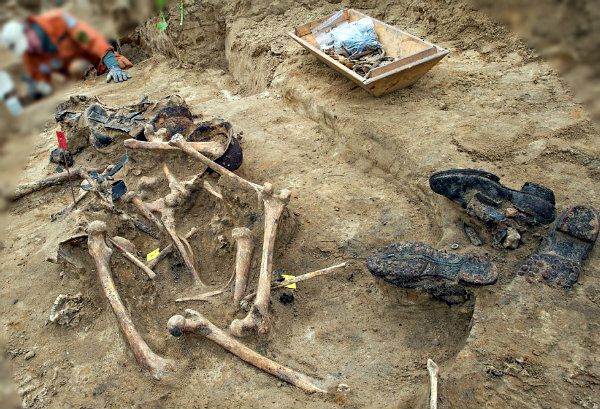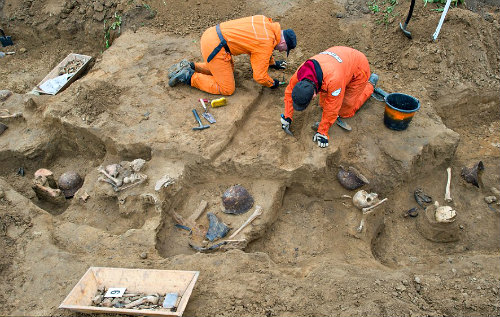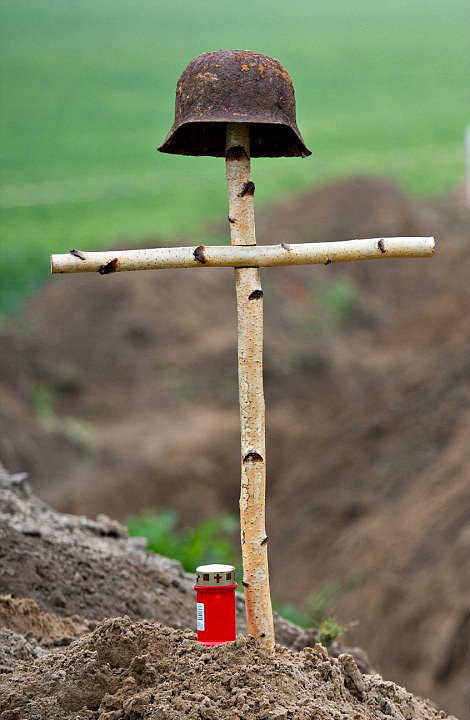
These WWII German soldiers died defending the said area against the Red Army during the final days of the Second World War in the Battle of the Seelow Heights. The said skirmish was part of the Soviet’s assault on the German capital, which lasted for three days in April of 1945.
In the said battle, about a million Soviet soldiers under the command of Marshal Georgi Zhukov laid assault of the said position. The Gates of Berlin, on the other hand, was defended by 110,000 WWII German soldiers belonging to the 9th Army.
Seelow Heights saw one of the harshest battles of WWII. It started with heavy bombardment from countless weapons of artillery during the wee hours of April 16. It three days later that the final line of the WWII German soldiers was breached by the Red Army. All that was left between the forwarding Soviet soldiers and the chancellery in Berlin were fractured German units.
Reportedly, the fallen Russian soldiers during the said skirmish ranged from 5,000 to 33,000. Meanwhile, 12,000 WWII German soldiers were said to have died. When April 23 rolled in, Berlin was encircled fully by the Allied troops. The battle of Berlin had reached its last stage. Within fourteen days, Hitler had committed suicide and WWII in Europe reached its end.
And most of the WWII German soldiers who perished in this said battle, their remains were left where they originally fell covered in mud and soil throughout the years until the team from the Association for the Recovery of the Fallen unearthed them recently.
The Association for the Recovery of the Fallen
The Association for the Recovery of the Fallen was founded way back in 1992 and is comprised of volunteer members from Switzerland, Germany, Russia, Ukraine and Holland. It has about 200 members as to date.
According to the organization’s mission statement, the association is aimed at searching for the nameless dead who were laid without stones of commemoration in mass war graves as well as those who were buried somewhere and are considered missing. They do not consider fallen soldiers on what side they fought in the past or if they were good or bad. All they search for are people who were once fathers, sons or brothers to loved ones.
The association further pointed out that soldiers were victims of war, too — conflicts they had not started nor wanted.
In line with the respect the association embodies, the team had set up a simple wooden cross topped with the unique “coal scuttle” helmet used by WWII German soldiers, which was also found within the area at the excavation site where the remains were uncovered.

